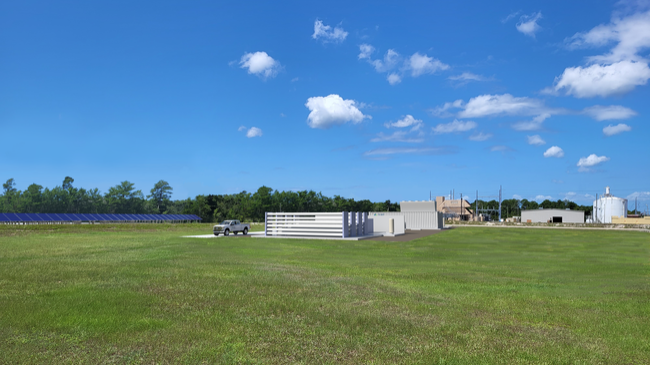Duke Energy, a prominent electric company, announced its intention to create an unprecedented hydrogen production, storage, and usage project. The innovative initiative in Florida is set to become a pivotal moment in the shift towards eco-friendly and renewable energy solutions.
Collaboration between General Electric's subsidiary, GE Vernova, construction management, and consulting firms Sargent and Lundy culminated in the novel project. Duke Energy stated that the existing DeBary facility will house this venture, according to Reuters.
Green hydrogen has enormous potential for decarbonizing a variety of sectors, especially the transportation sector. The electrolysis process, which uses renewable energy to split water into oxygen and hydrogen atoms, is what produces it.
Duke Energy expects to begin construction of this innovative demonstration project in DeBary later this year, with a projected completion date of about one year.

How Will the Green Hydrogen Facility Work?
The 74.5-megawatt DeBary solar facility will be used as the starting point for this cutting-edge technology to produce renewable energy. Two 1-MW electrolyzer units that split water molecules into oxygen and green hydrogen will be powered by this energy.
Green hydrogen will be kept in adjacent reinforced containers, and the oxygen created during this process will be safely discharged into the atmosphere, per MarketWatch. The system will transport the stored green hydrogen to a combustion turbine, which will be upgraded using GE Vernova technology when energy demand is at its highest. With this update, the turbine may run entirely on hydrogen or a combination of natural gas and hydrogen.
By 2024, according to Duke Energy, the complete system should be up and running.
This groundbreaking initiative is crucial to the US power industry's carbon-free dispatchable energy source development. In an official statement, Duke Energy amplified the escalating significance of hydrogen as a variable energy resource that can be activated or deactivated as needed. Hydrogen becomes crucial for maintaining grid reliability because of its on-demand availability that sets it apart from other sporadic renewable power sources like wind and solar.
A More Stable Renewable Energy Source as Demand Grows
The Duke Energy green hydrogen initiative also addresses one of the renewable energy sector's biggest challenges: ensuring electricity supply amid low solar production and maximizing solar resources for peak demand.
With the green hydrogen program, Duke Energy places a high priority on cost-effectiveness and highlights some crucial operational elements, such as safe and silent energy production and storage. According to Power, the goal of the end-to-end system is to provide a decarbonization process that can be economically sustained.
The partnership between GE Vernova, an original equipment manufacturer and significant player in the gas turbine market, Duke Energy, a top utility company, Sargent and Lundy, a well-known engineering, procurement, and construction contractor, and others emphasizes the shared commitment to enabling decarbonized operations for clients.
The goal of Duke Energy's "net-zero" plan is to completely eradicate carbon emissions from the production of electricity by 2050, which is in line with the larger goal of promoting an environmentally friendly and sustainable energy in the United States.

![Apple Watch Series 10 [GPS 42mm]](https://d.techtimes.com/en/full/453899/apple-watch-series-10-gps-42mm.jpg?w=184&h=103&f=9fb3c2ea2db928c663d1d2eadbcb3e52)



